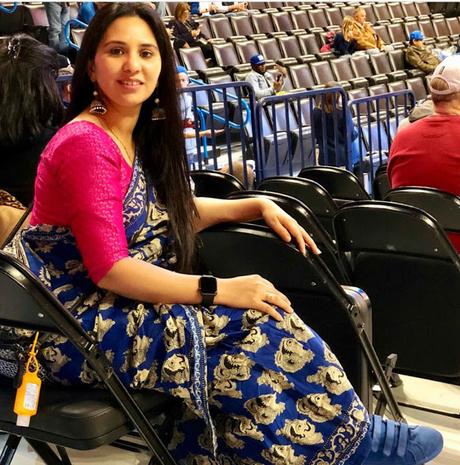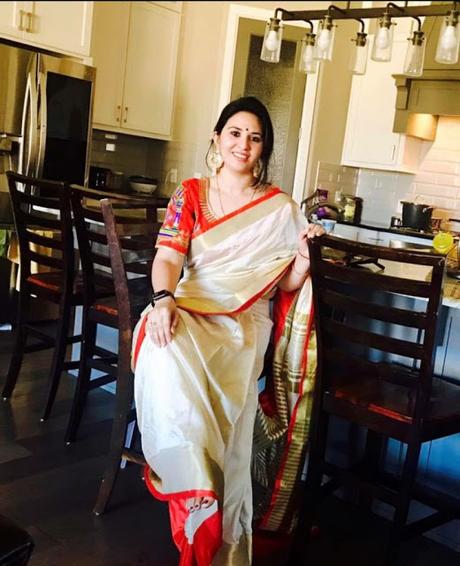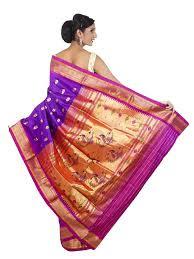SARI history and Journey of SARI

Saris invariably happen to be the most common attire for women in India. Sari also happens to be the traditional dress code for every Indian woman as they are mostly witnessed wearing them on all traditional events. Saris are quite synonymous and common for every woman.
The tracing of the origin or the advent of the sari as a dress andcostume for women may be difficult, but the significance and utility even today has enormous emotional value attached for every woman. Every teenager girl dream of wearing a sari at some point of their life and she often glamourizes herself in the attire, many teenage girls are also seen trying their looks by amateurishly wearing sari which would often end up with their squeamish giggles when caught wearing them. The dress attire is sanctimoniously worn across the length and breadth of this country, it is worn as a special attire for functions,

festivals, rituals, ceremonies and puzzlingly on occasions which doesn’t have much significance – even on a day-to-day basis while doing daily mundane chores. This factor completely propels the attire into magnanimous heights, since the attire has carved itself a niche and a very special place in every woman’s heart.The never-ending fad of SARIS
the fad of saris is a never-ending one, saris are meant especially for women as it enhances the beauty and exquisiteness in every woman. Women wearing saris simple look outstanding, diplomatic and extravagantly beautiful. Hence, even today the fad is phenomenally growing, and every teenager still glamourizes wearing them.
 The fashion of saris is here to stay for a longer period than anticipated as the fad has created tremendous interest and longing in most women. Indian cinema extravagantly boasts saris worn by the screen divas. Bollywood and its other paraphernalia’s like Tollywood, Kollywood, Sandalwood, and Mollywood also have their fragments woven into the magnum-opus story of the great Indian cinema and its historic association with saris. Anybody visualizing through the bylanes of their memory can invariably see the heroine dancing in the rains wearing a saree. Every heroine of Indian cinema would love to perform a role of this kind, the reason being the dramatic effects and ripples that the scene has created over the years – it does have a historical significance and impact on every Indian.
The fashion of saris is here to stay for a longer period than anticipated as the fad has created tremendous interest and longing in most women. Indian cinema extravagantly boasts saris worn by the screen divas. Bollywood and its other paraphernalia’s like Tollywood, Kollywood, Sandalwood, and Mollywood also have their fragments woven into the magnum-opus story of the great Indian cinema and its historic association with saris. Anybody visualizing through the bylanes of their memory can invariably see the heroine dancing in the rains wearing a saree. Every heroine of Indian cinema would love to perform a role of this kind, the reason being the dramatic effects and ripples that the scene has created over the years – it does have a historical significance and impact on every Indian.
